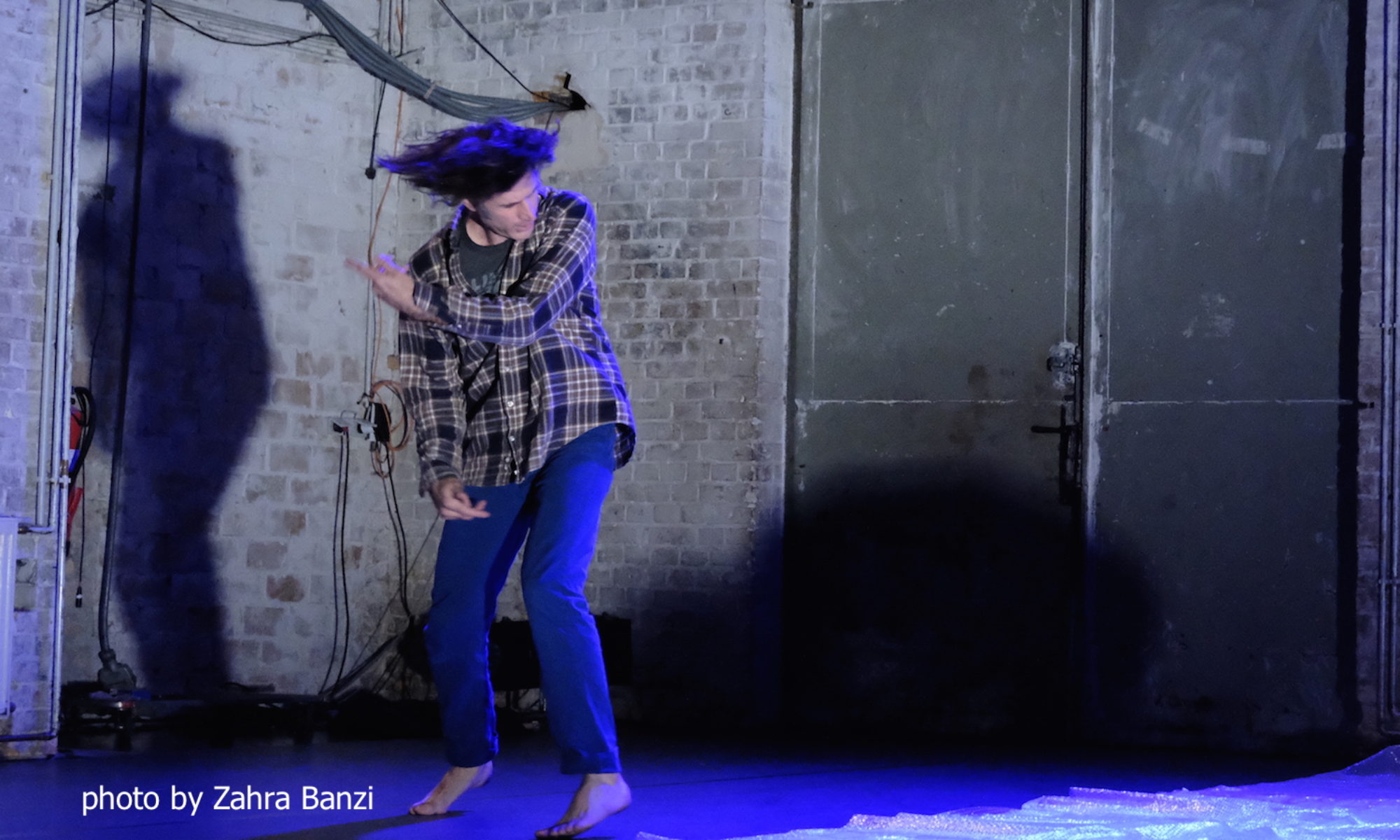
be t/here


the philosophy of movement


improvised dance – movement absent of teleology and not beholden to its precedent
composition – what
improvisation – when
aesthetic – how
narrative – why
“The point of movement scores/improvising and subsequent discussion is to compel students to make specific aesthetic choices and then to gain consciousness both of the particular choices they have made and the reasons why they (or someone else) might make a similar or different choice.”
The original text below:
“The point of compositional prompts and subsequent discussion is to compel students to make specific aesthetic choices and then to gain consciousness both of the particular choices they have made and the reasons why they (or someone else) might make a similar or different choice.” (205)
Larry Lavender Predock-Linnell & Jennifer Predock-Linnell (2001) From Improvisation to Choreography: The critical bridge, Research in Dance Education, 2:2, 195-209


– Aristotle, Physics II.8, The Complete Works of Aristotle Vol. I. The Revised Oxford Translation, ed. Jonathan Barnes).
If Art does not deliberate and choreography can be seen as a form of deliberation, is, then, choreographed dance not art?
Is the art that choreography generates, then, the un-deliberated performance of its execution?
Does this mean, then, that the purest artistic form of dance is the least deliberated, i.e., absolute improvisation, when the phases of exploration, experimentation, and execution collapse into a singular event, when the artist is deliberating in the moment?
I propose that there are 9 ways* to change the type of movement material with any given moment in an improvised dance.
If we are to take a dance of 10 minutes in length and say that the dancer can change the type of movement material every 30 seconds then there are 19 moments when the change can happen and have movement afterwards.
This means that there are 9 to the 19th power number of dances that are possible to create.
This leads us to
possible different dance choreographies if we are to look at moments of change in movement material.
*These changes will be elucidated later on. Stay tuned!
It could be argued that dance has its origins in emotions. Movement (dance) coming from the need for survival (Sheet Johnstone 1966). The need to move towards food, towards mother, away from danger, predator, fire, etc. Similarly food could be seen as the stuff that satisfies the need for nourishment.
Food, however, has ceased to be simply nourishment. Think of all the cooking shows, and kinds of food that people eat that have little or no nutritional value. Food as entertainment and enjoyment. Also the food geeks who research how to do different processes and aren’t directly interested in food as nourishment. Think of Nathan Myhrvold, Microsoft’s first CTO, who made that huge cookbook. Food as a means of epistemology.
So why is dance still so heavily associated with movement’s origin, emotion, and seen less as a means of epistemology?